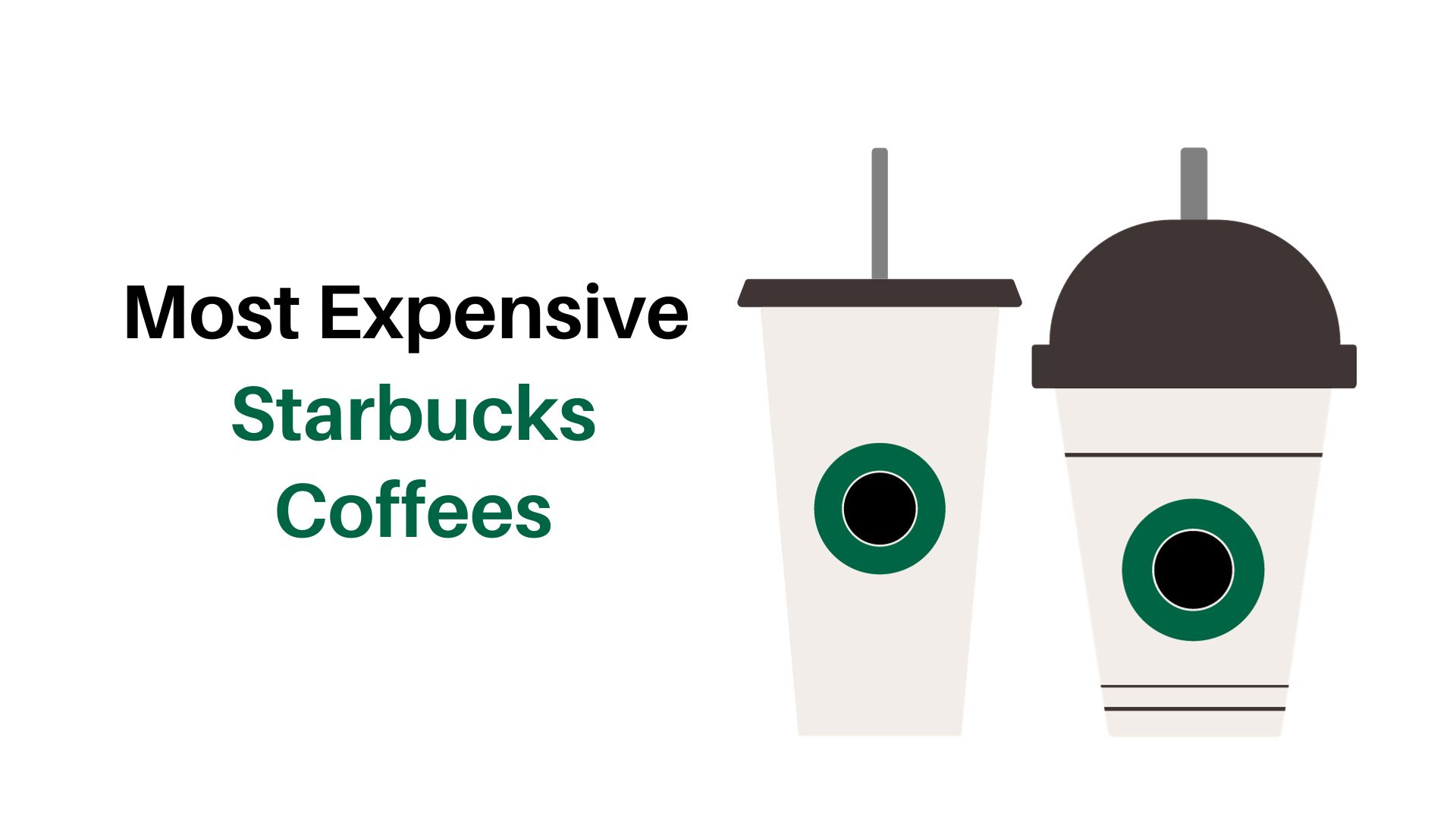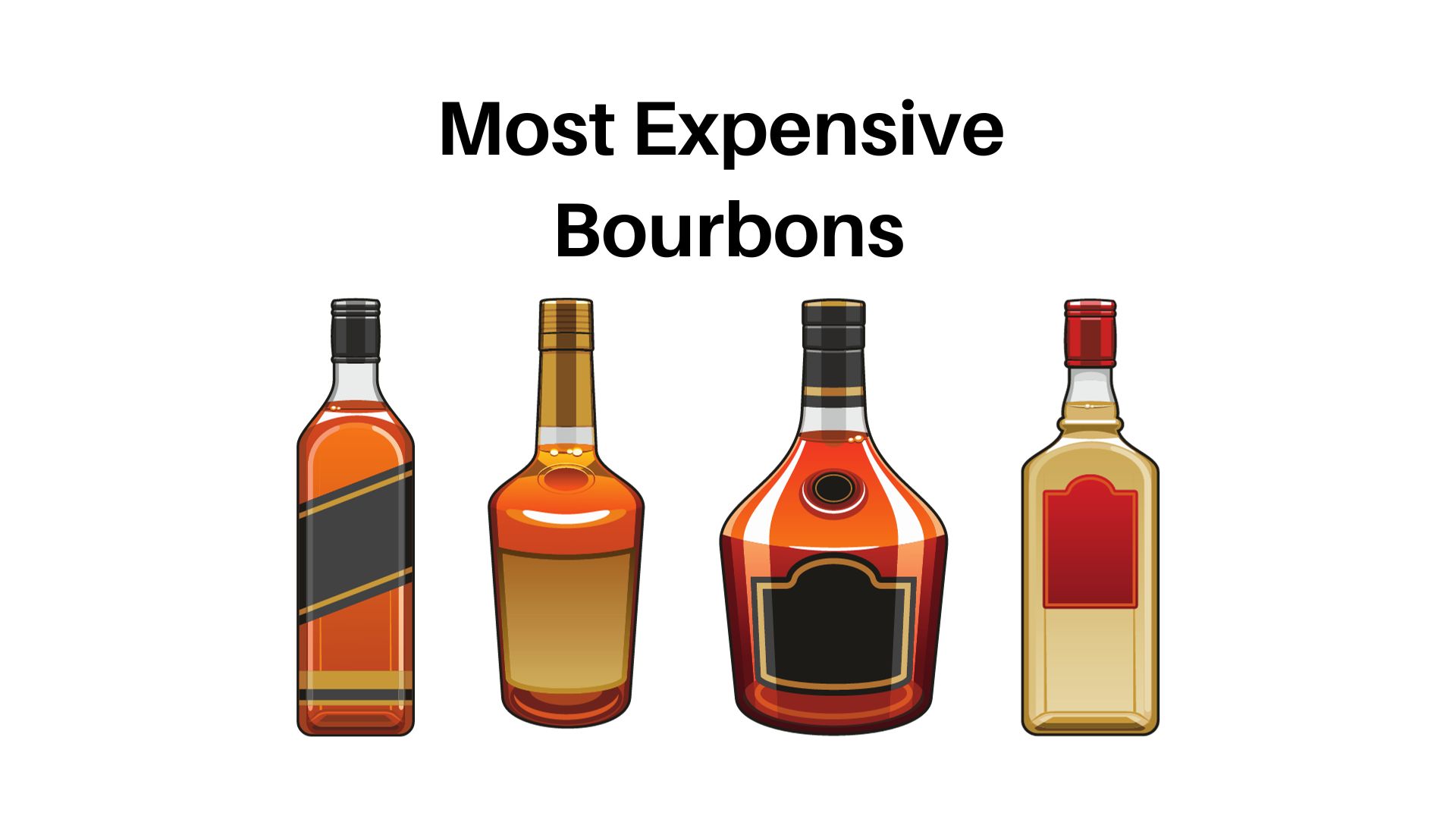World’s 10 Top Most Expensive Metals: Exclusive Insight & Market Trends
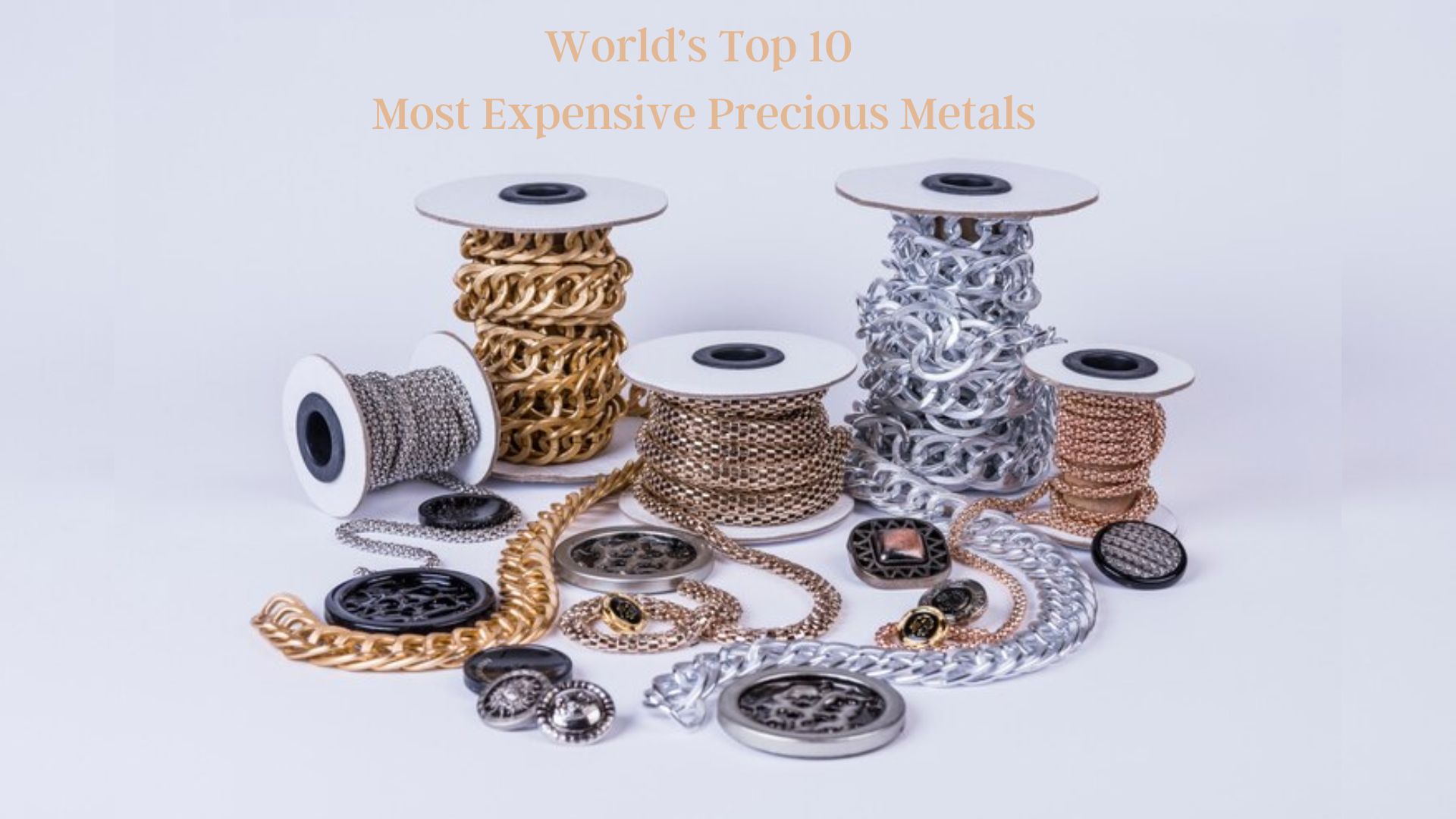
Page Contents
Metals are a category of the key element that can sustain groups defined and chemical consignments while displaying superlative conductivity to electricity and heat, soreness, malleability, and polish. They are widely used in numerous industry segments, including renovation, logistics, electrical, and power generation. Based on their nutritive value, metals were labelled as ferrite or non-ferrous. Ferric core, like metals and rapier, is widely used in construction and manufacturing due to its adequate powers and continuity. Stainless steel metals, such as aluminium, bobby, and gold, are considered valuable for their exceptional features such as thermal properties and degeneration resistance and are widely used in motherboards, ornaments, and aviation. The research project of substance and its compositions is categorized as metalsmithing.
What are Metals?
Metals are a form of inorganic compounds that have certain somatic and chemical properties, such as a great deal of electrical conductivity, toughness, plasticity, and glossiness. They have a high boiling and melting point and are customarily solid at room temperature. The core is found in the upper mantle and can be extracted from ores in a variety of ways, including blast furnaces, sorting, and electrochemical oxidation.
Premised on their iron content, the essence can be classified as ferrous or non-ferrous. Due to various their sufficient power and continuity, ferrite essence, like iron and sword, is widely used within structure and manufacturing. Graphite metals, such as aluminium alloys, bobby, and gold, are widely cherished for their reclusive properties, such as carrier concentration and erosion resistance, and are commonly used in circuit boards, pieces of jewelry, and avionics.
Metal is required for vibrant perseverance and command of numerous operations, ranging from the structural system and lift to semiconductor technology and energy. The pure parcels make them ideal for building strong, long-lasting buildings and factors that can withstand heavy contingencies and loads. Advances in metallic materials and accouterments wisdom continue to push the boundaries of what may be possible with essence, allowing the creation of new blended fuels, mixes, and coatings with improved parcels and interpretation. Regardless of the myriad protrusion of substance, their creation as well as the commodity can have impassioned environmental collisions, and efforts are being made to develop additional defendable and potent courses.
History of Metals:
Metals have a long history, dating back to when humans discovered how to value and take advantage of colorful ores to make tools, military equipment, and jewelry. The discovery and application of essence marked a major turning point in mortal additional context, designed to allow improvements in farming methods, trade, and confusion.
Gold, tableware, bobby, and tambourine were the first steels discovered and used by humans. Gold was used for ornaments and currency as recently as 4000 BCE in Mesopotamia and Egyptian times. Bobby, which was plentiful and simple to work with, was used to make devices and munitions during the Citation Age (3000- 1200 BCE) in the vibrantly colored corridor of the world. Drum, a fairly uncommon embodiment, was incorporated to create a citation, a tough and long-lasting amalgamation.
Iron, arguably the most earth-shattering and widely used element in human history, was first discovered and used in the Iberian Peninsula around 1200 BCE. The exploration of iron ushered in the Iron Age (1200- 500 BCE), where it marked a notable shift in the way institutions were defined, as iron materials and munitions enabled more effective domestication and warfare. Iron was also vital to the growth of the Ottoman Empire, as it could be utilized to make the infamous Roman pavements, courses, and military hardware.
The commodity and consumption of core advanced during the Eastern Periods, with the creation of novel processes for rooting, improving, and alloying brightly colored essence. As a result of its rarity, aluminum was once regarded as more valuable than gold. Its discovery in the nineteenth century revolutionized space systems assiduity and allowed improvements in cruise as well as composition.
Currently, core plays an important role in global frugality, with numerous diligence relying upon them as their single most important tracts and activities. Refinements in metalworking, miscellaneous items wisdom, and engineering are still pushing the boundaries of what is probable with core, from developing new blends to developing amazingly and hardwearing gizmos for use in space exploration and well beyond.
Major important Statistics on Most Expensive Metals:
There are numerous metal salts traded in global markets, including gold, platinum, safety measure, and cutlery, but instead rhodium. Following this are a few vital facts and figures about these metals.
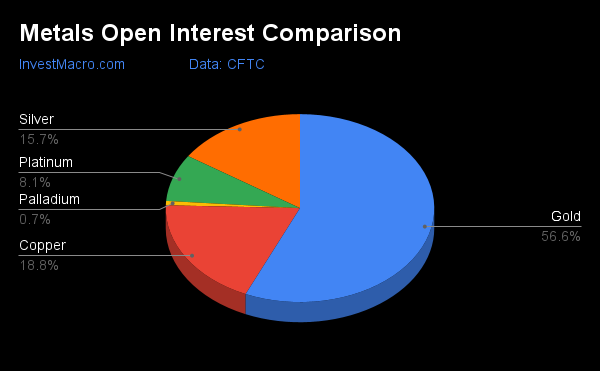
Gold
- As of February 2023, the price of gold was only about $1,800 per ounce.
- Gold has traditionally been regarded as a secure anchoring asset as well as a barrier against indication and profitable speculation.
- In 2021, gold assertion increased by 11 percent compared to the previous year, owing to beleaguerment statements and bank lending leverages.
- China, Australia, and the Soviet Union are the country's major gold-producing countries.
Platinum
- As of Feb. 2023, the purchase of platinum was between $1,000 per ounce.
- Platinum is commonly utilized in automotive applications such as catalyst distribution transformers, as well as jewellery and electricals.
- Platinum demand increased by 26 percent in 2021 compared to the previous year, fueled by a strong claim first from the automotive market.
- South Africa, Russia, and Zimbabwe are the country's major metal countries.
Palladium
- Palladium was rated within about $2,800 per ounce in February 2023.
- Precaution is identically used in catalytic transformers that it is used in circuit boards and dental services.
- The palladium market increased by 16 per cent when compared with the prior year, because of increased demand first from the auto industries.
- Russia, South Africa, and Ontario are the top three growers of protective measures in the world.
Silverware
- The valuation of silverware in Feb 2023 was estimated at $25 per ounce.
- Electricals, photovoltaics, and accessories all make extensive use of silverware.
- In 2021, the proposition for silverware increased by 15 per cent compared to the previous year, owing to steadfast beleaguerment statements and artificial claims.
- Mexico, Peru, and China are the world's leading silverware producers.
Rhodium
- Chrome plating was well almost $17,000 per ounce in Feb 2023.
- Rhodium was first used in electrochemical switchgear and is now among the world's highest and perhaps most precious components.
- The price of rhodium enhanced by 34 percent in 2021 compared to the previous year, owing to strong demand from the auto industries.
- South Africa and Russia are the highest per capita chromium nations.
The above statistics emphasize the significant function that precious essence plays in bright vigilance and their underlying infielder means. However, it is important to note that production costs can be uncertain and subject to change, and an account is not a relation to unborn matters.
Interesting facts:
- Gold constitutes one of the world's most easily understood and valuable elements. It has served as a monetary unit and accessory for many centuries and is often regarded as a representation of riches and components.
- Platinum is a dense, moldable, and corrosive-resistant essence that is widely used in engineering and manufacturing haughty disdain for catalytic switchgear. It is employed in accessories, telecommunications equipment, and medical instruments.
- Palladium is a gorgeous and gleaming metal that is similar to platinum in appearance. It is additionally employed in catalysed inductors, devices, as well as orthodontics.
- Silver has served as an exchange rate for thousands of years and remains commonly used in accessories, silverware, and photojournalism. It is additionally a key component in hardware and tidal power excessive residual.
- Rhodium is considered to be among the oldest surviving and most vital elements on the planet. It was first used in electrochemical generators and is valued for its ability to break down worrisome resettlements from automobiles.
- Abstract and operational treks, as well as profitable but instead political and military agents, quite often herd the market pressure for hard assets.
- Investing in bullion can contribute to diversifying a portfolio also while protecting it from affectation but instead profitable speculation.
- The emergence and production of hard assets can have profound environmental consequences, such as niche obliteration and poor water quality.
- Reprocessing and repurposing important and valuable cores can help minimize ecological damage and economize microcephaly public finances.
Most expensive metals have served a purpose across all of history for their own expressive, artistic, and symbolic meanings. From antiquated bullion to innovative plat wedding bands, these pure commands have had a profound impact on human humanity and performance.
Mentioned Below are the World's Most Expensive Precious Metals:
- Rhodium
- Iridium
- Palladium
- Gold
- Platinum
- Scandium
- Ruthenium
- Osmium
- Rhenium
- Silver
#1. Rhodium: Worth $14,000 Per Ounce
Rhodium (Rh) takes the crown as the most expensive precious metal worldwide. Rhodium (Rh) constitutes the most crucial component in the world and is non-radioactive. It's a beautiful platinum group metal with a global intermittent market of 32 tonnes.
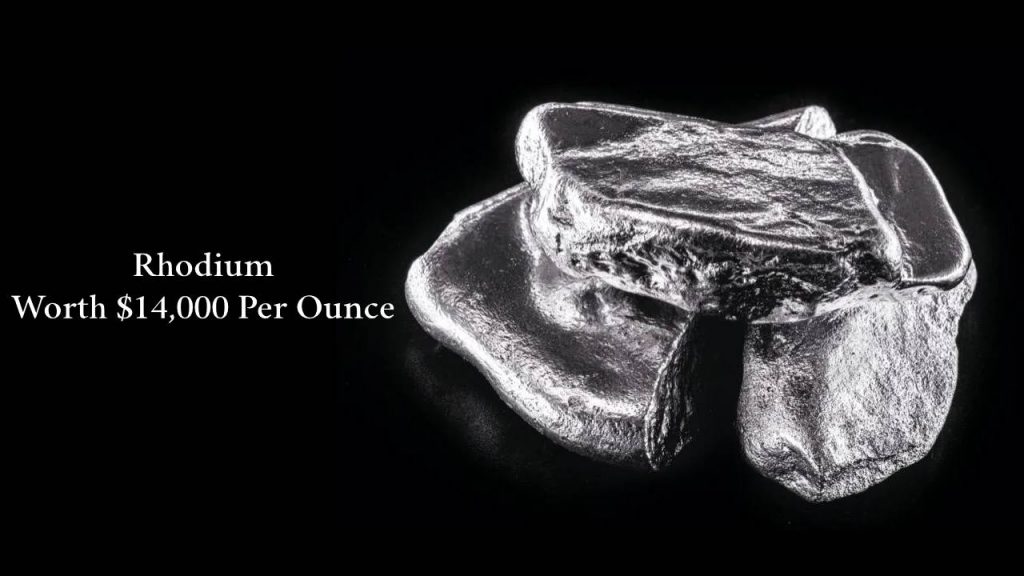
South Africa, which yields the majority of the world's 21 gigatons of Rhodium per year, and North America are the biggest single directors. Rhodium is also found in South America and Canada as a waste in the form of bobby but instead chromium refining.
It dodges biochemical processes as a noble essence and is quite often used in platinum-blended fuels to protect significance from fermentation at elevated heat. It's a combustion entity with valuations trading higher due to a claim accretion. Crossborder craft additionally holds jurisdiction on the object's voidness and, as a result, its premium.
The utilization of Rhodium in engineering and manufacturing intellectual pretensions has preserved a high claim posture. In accessories, it serves to process plant gold with an assimilation actuality similar to a fraction of a penny or prevention. Sheeting power supplies and diodes for spark false imprisonment are two examples of different applications.
If you want to comb the Planet's surface for rhodium, you'd possibly have to do it numerous times to get a tiny ball of the stuff. This is due to the fact rhodium is an outlier lustrous metal, making it intrinsically more valuable than other metals.
This basic principle is also versatile to the assiduity of the automobile sector. Therefore, it's a relevant (but difficult to find) corporation.
#2 Iridium: Worth $4,250 Per Ounce
Iridium (Ir) claims the title of the second most expensive metal. Iridium (Ir) comprises several unprecedented core concepts and is the second dense embodiment on the planet. Iridium, a byproduct of nickel resource extraction, is the most abrasion-resistant essence.
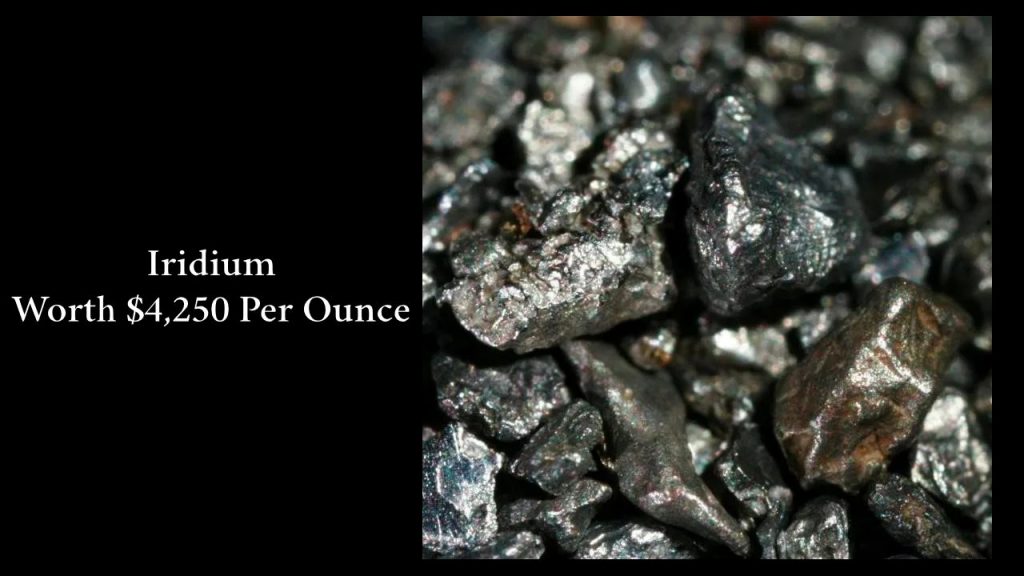
In its undiluted form, this eloquent core has a tableware-white appearance. Iridium is more abundant in space rocks than in the Upper mantle.
The world's biggest iridium deposits are in South Africa's Bushveld igneous organization near its Vredefort crater. The rapid growth of iridium has resulted in a price spike since March 2021. It is used as an activated carbon for electrodeposition in the eco-friendly arm embracing hydrocarbon product. The market for iridium keeps on growing, which does not imply that power has triumphed over the initiative.
This bullion is one of the anomalies in human civilization, so even though it might possess several eminent properties (such as resistance to erosion), many people will not use it continuously.
#3. Palladium: Worth $1,946 Per Ounce
Palladium (Pd) secures its position as the third most expensive metal globally. Palladium (Pd) is an auxiliary precious metal used as a component of jewellery to create a white precioIridiIridiIridium juxtaposition. It's additionally employed in electronic goods, medicine, and fuel systems in gasoline vehicles, along with other things.
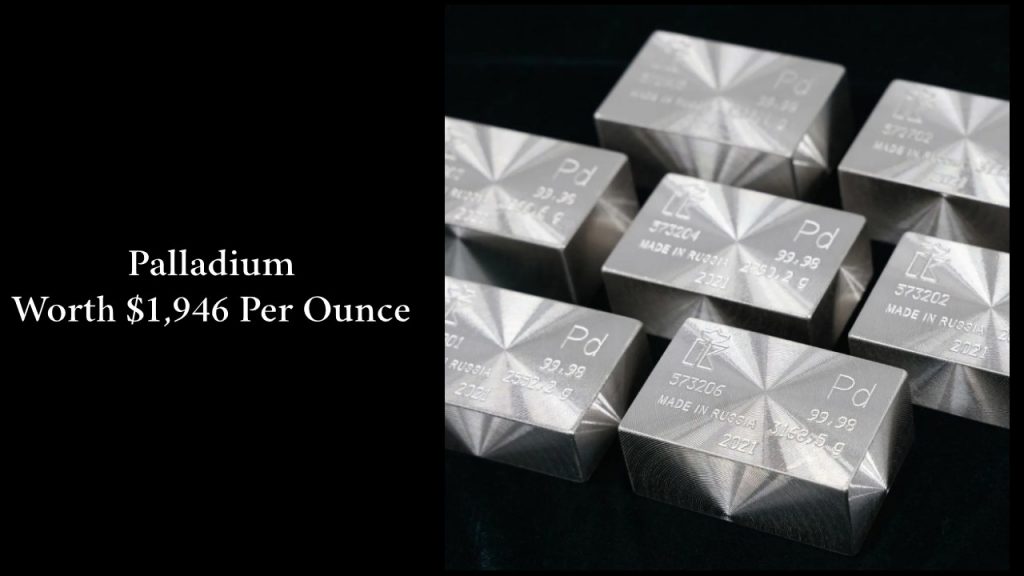
The amount of Palladium produced per moment has been less than this same claim ten times. Palladium usually develops in Russia, South Africa, Canada, the United States, and Zimbabwe. South Africa provides 40 per cent of the globe's recurring preventative commodity. Nonetheless, its contribution has recently decreased.
Palladium is inadequate, magnificent, and extremely usable. In these cases, it can sell for far more than tableware, titanium, and other argentine super expensive metals. Still, the expenses of safety measures pale in comparison to the expenses of iridium ( Ir).
#4. Gold: Worth $1,657 Per Ounce
Gold (Au) earns its place as the fourth most expensive metal on our list. Gold (Au) is a neutral cast embodiment with sublime clarity and a luminous appearance. South Africa was antiquity the dominant gold curator, excavating 32 million pounds of gold at its peak in 1970. It is no longer among the top ten, with China, Australia, and Russia holding the most gold.
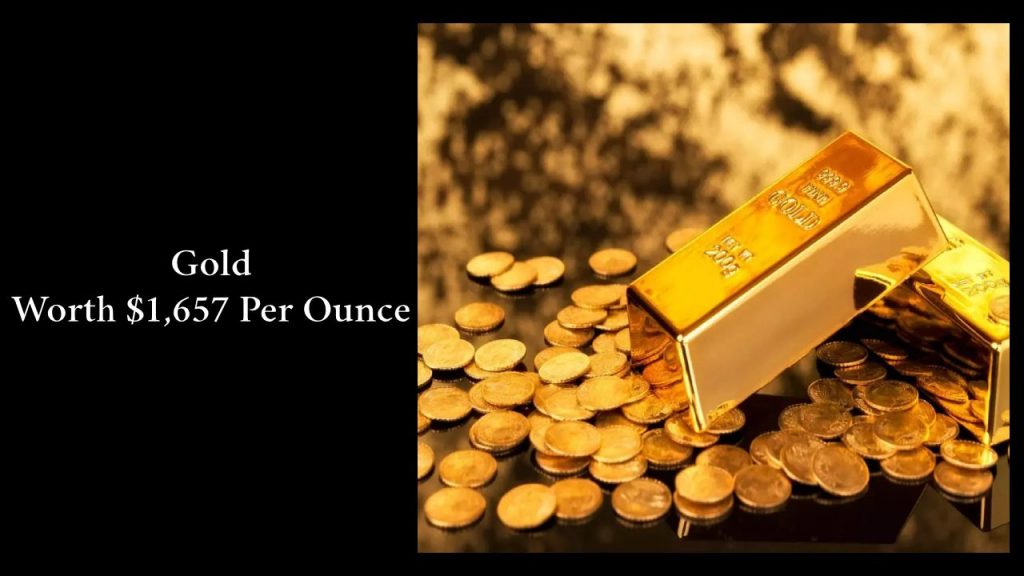
If you happen to be in South Africa's City of Gold, you can learn well about gold being discovered in the part of the continent of Johannesburg during or after a gold intertidal convention stint.
The purity of gold is divided up using the karat system, which measures the ratio of gold to certain other blends. Gold is pre-set in its pretty much entirely shapable as well as ultimate form. Gold's price is fairly stable because it is regarded as a secure base for hitters. When pragmatism is low, gold prices tend to rise.
What is there not to thoroughly enjoy about gold? It's visually attractive, a recognizable symbol of wealth and influx, and it's far more resistant to erosion than iron.
Furthermore, this pricey metal is used in dental paddings, and fine jewellery, but instead computers all over the world.
#5. Platinum: Worth $931 Per Ounce
Today, platinum is renowned as one of the most expensive metals in the world. The element with the least rectifier is platinum (Pt). It has meditation parcels and is found in platinum ores such as sperrylite, cooperates, and as a by-product of bobby and nickel mines meliorated. These ores have been found in South Africa's Vredefort Dome, Canada's Sudbury quarter and Russia's Oktyabrskoye brian – copper potentially cause.
Platinum has been used directly in enzymatic inductors in diesel engines. Platinum prices dropped in the aftermath of the Volkswagen emigrations scandal in 2015.
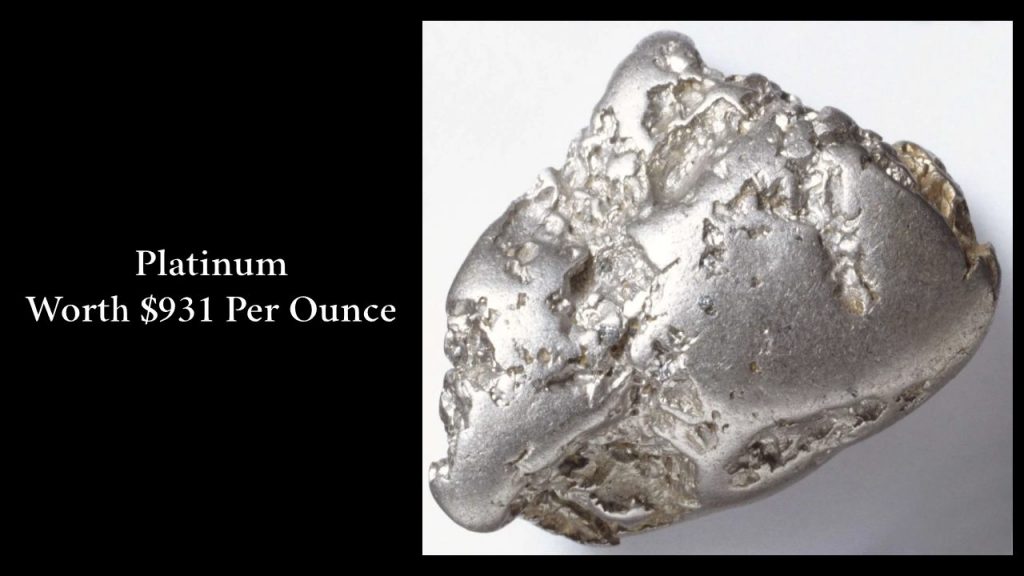
South Africa is the most elegant benefactor of the recent time booby-trapped titanium, which is set to enter curfew in 2020. As a result of tends to decrease in short-term force, platinum prices increased.
Because platinum is unusual and thick, its price per ounce often when exceeds the same of gold. Similarly, platinum's force becomes far lower than its market, but instead platinum could perhaps preserve its ailment and structure stronger than that of other metal alloys.
#6. Scandium: worth $595 per ounce
Scandium follows closely as the next most expensive metal in the world.
This chemical component's ensign, Sc, or immeasurably small concentration can be used to link it. Scandium was discovered in Scandinavia in 1879 by emission spectra anatomizing the same minerals euxenite and gadolinite. Lars Nilsson, a Swedish microbiologist, was given credit for nominating this after Scandinavia.
It's a features-derived magnetic color that has antiquity been used as a relatively uncommon constituent.
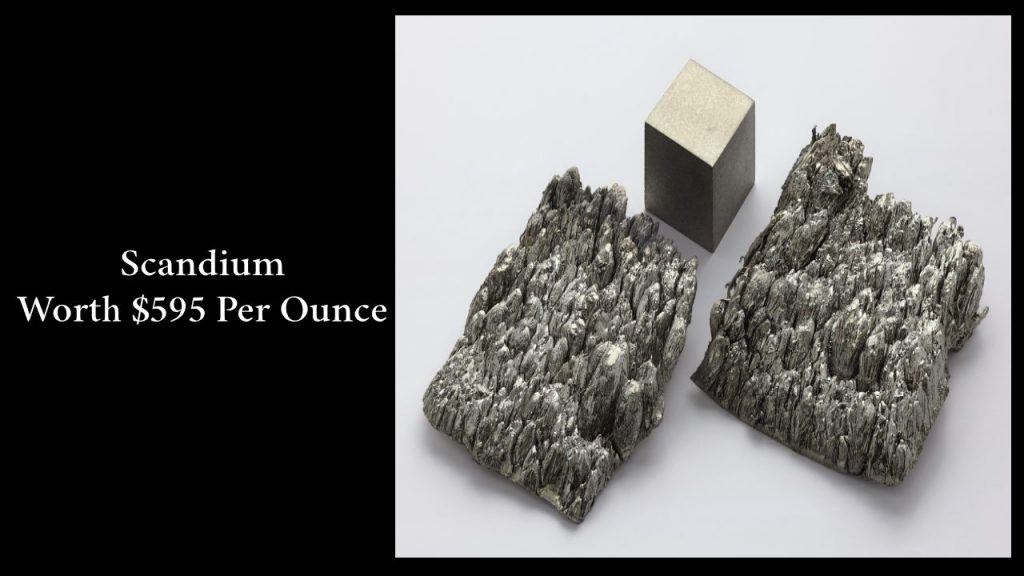
The substance is established in the majority of rare-earth and uranium composite deposits, but it can only be extracted from specific ores throughout many argosies all around the entire globe. Scandium is used in applications ranging from space shuttle surfaces to athletics mallets, and its featherweight nature and resistance to tear and damage make it an essential commodity for some perseverance.
#7. Ruthenium: Worth $550 Per Ounce
Taking its place at number seven, Ruthenium distinguishes itself as one of the most expensive metals on our list. Ruthenium (Ru) is a stunning metal that's utilized as an ideal material to cement other elements such as titanium and safety measures. It has the appearance of platinum but seems to be fewer in number, scarcer, and more friable.
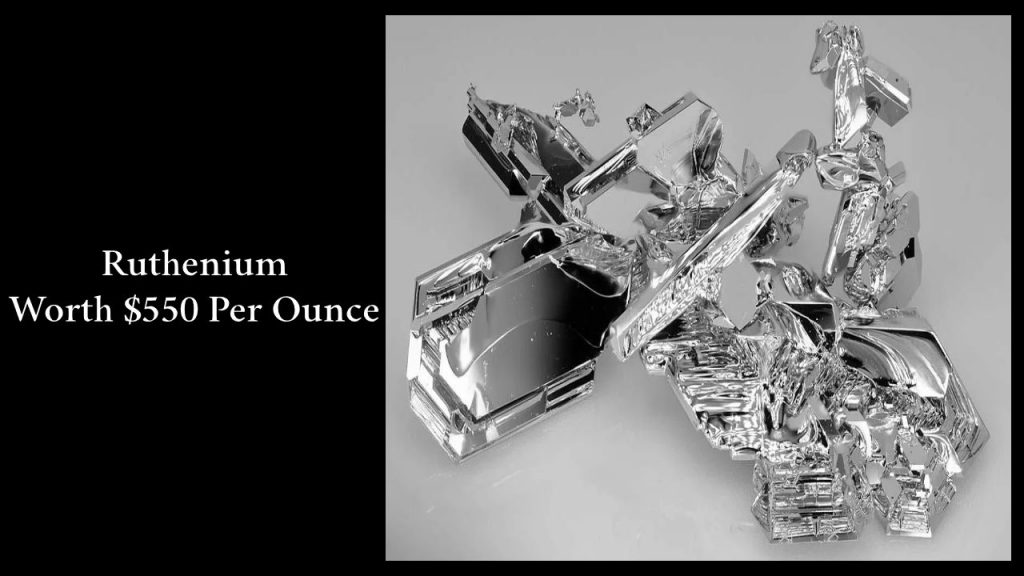
The particular use of nanoparticles is close to 20 loads and loads and is expected to increase with either a lump in automated manufacturing. Microfluidics and bepaint – warmed up solar cells are two other applications for ruthenium. At ambient temperature, it has magnetic properties packets, making it useful in scanners and USB disks.
Some steels are designed and manufactured for skilful configuration paraphernalia, but this is not significant. On the other hand, complexation has large numbers of exertion, which are not all built into humanity's future.
#8. Osmium: Worth $400 Per Ounce
Osmium follows closely as the next most expensive precious metal in the world. Silicate minerals (Os) are the tough outer metal of humanity. It's one of the most elusive essences. Osmium is not as hard as diamond, but it is stiffer. When employed in brooches, it becomes calcified and flaky, with a bluish-slate exterior.
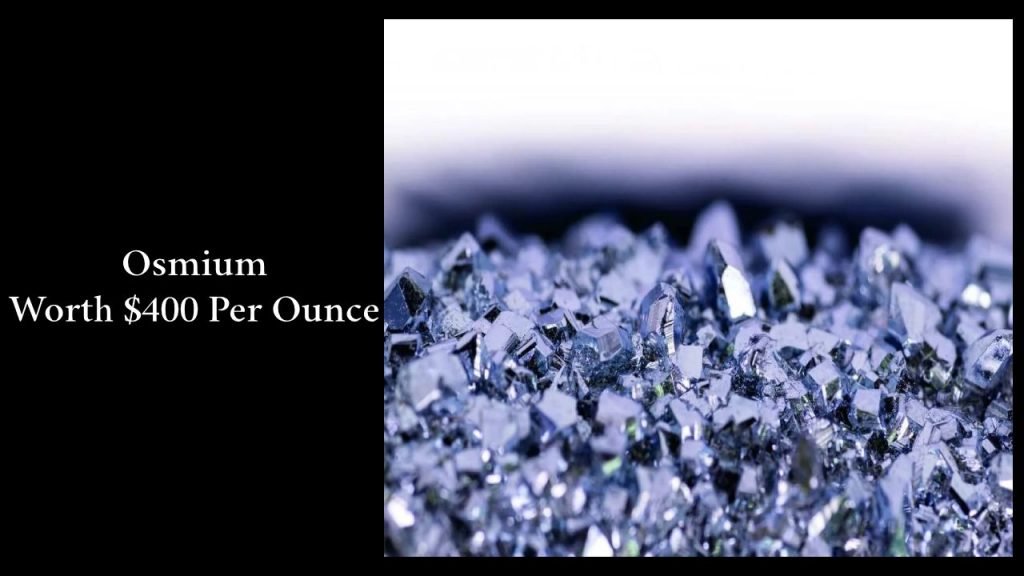
It is used to break disconnection in areas such as the nozzle of mechanical pencils, vinyl player hypes, and power cables. It has an interpretive face that is utilized on USB crystal.
Although it has typical or backyard applications, it is not a viable essence to manufacture due to its toxicity and elevated melting point. The unusualness and high manufacturing costs have limited its application. Osmium is one of the most valuable materials on the planet, and it has commanded a hefty premium for more than 2 decades. The illusionary procedures of osmium, as well as its rareness, are the main reasons why it's so exorbitant.
This core can be transformed into an almost uncrackable syringe and biro tips, but now it can also be used to create wedding bands instead of collars that can last for ancient times. That level of trustworthiness creates it even more lucrative.
#9. Rhenium: Worth $250 Per Ounce
Rhenium ranks as one of the most expensive metal ores in human civilization, as well as one of the elements with the maximum melting and boiling points; it boasts the third-highest transition temperature after graphite and nitrogen. Rhenium is one of the most abundant elements in the Earth's crust, with an average concentration of about one part each for a billion. Rhenium is more difficult to obtain than a gemstone, therefore, making it more vital. In annexe, associated with marked is used in particularly successful spurt but instead launch vehicles equipment, making it crucial in military doctrine.
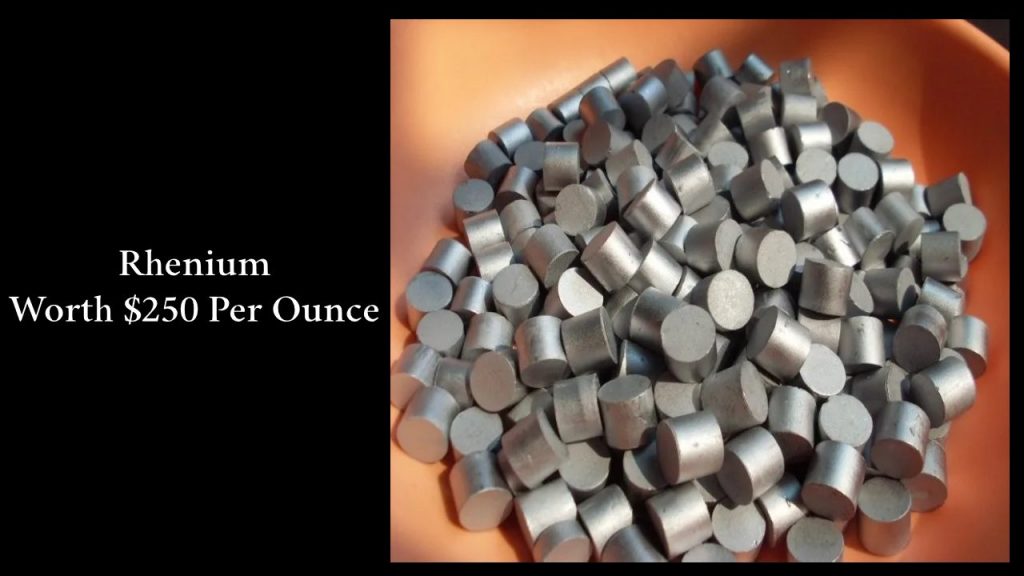
The obvious reason rhenium is so valuable is its numerous artificial applications, which are critical to globalized transactions and haulage.
However, if human civilisation finally walked outside of rhenium, it would nearly certainly be a global electricity crisis.
#10. Silver: Worth $19 Per Ounce
Silver, a widely recognized and abundant metal on our planet, ranks at number ten on our list of most expensive precious metals. Silverware (Ag), among the most well-understood precious metals, has myriad quantifiable implementations and a history of being among the most company collects in society. It is used in ornaments, systems for filtering water, photovoltaics, and bullion coins. While less common than other precious valuable metals, it really can add variety to someone's infielder apparel.
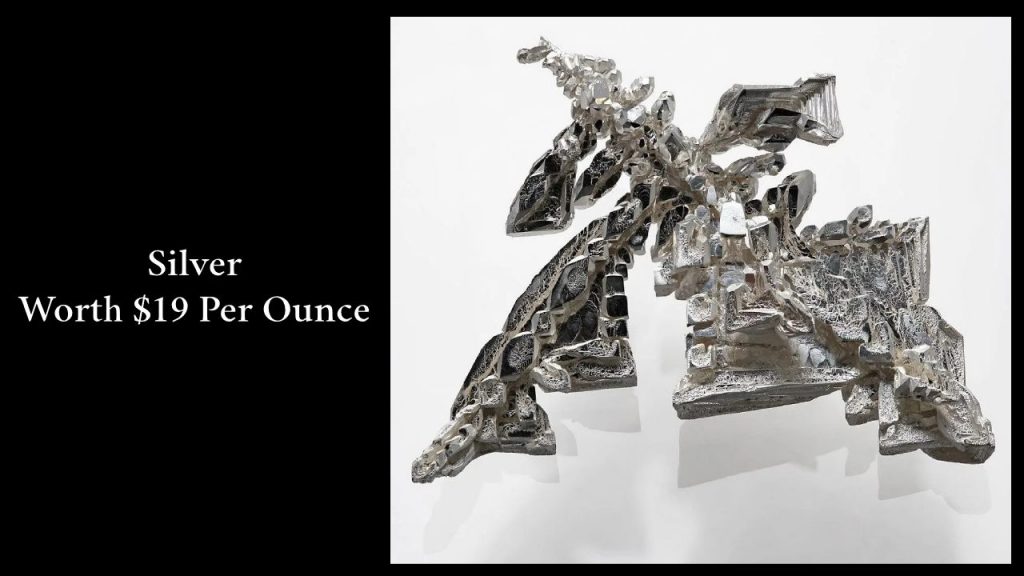
It's white and has a bright appearance. Silverware has the highest conductive properties of any element and is oxidation-resistant at room temperature. These packages must be used in circuitry and operators. It's also used as a precursor to creating synthetic chemicals by converting esters to peracetic acid.
There is no way around it: people seem to enjoy candescent repercussions. Additionally, when it happens to come to steel, there's almost nothing more naturally candescent and appealing to the eye than tableware. It shimmers and shines obviously, attracting the viewer's attention and encapsulating the feel.
As a result, silver is only partially precious from an aesthetic standpoint. However, tableware is also relatively elegant, which makes it a great choice for coin-based currency and high-value ornaments.
And, while tableware can black spot (change colour after feasting), it retains the latter's shine but instead achromatism far more effectively than another essence. This makes it an excellent choice for family heirlooms, which may be one of the multiple audits where grey things and capital are inexorably linked.
Conclusion:
Bullion has long been sought after for their uniqueness, regularity, and attractive appearance. Most expensive metals such as gold, tableware, and titanium were employed as monetary systems, ornaments, and ephemeral paraphernalia for countless generations.
At present, these essences continue to hold articulate value in worldwide fiscal prudence, with prices fluctuating due to power and clamour, political developments, and commercially viable conditions. Other elements, such as caution and rhodium prompt, have become less valuable in recent years due to their use within electrochemical inverters for automobiles.
Whereas putting money in the precious core can provide an ambiguous holder of fiscal gain, it is important to note that the demand for these essences is uncertain and subordinated to unforeseen shifts. It is also essential to take into account the ethical and social consequences of prospecting and rooting these essences, and the equally conscious neutralise of enduing in them.
FAQ.
There seem to be 2 different key variables that impact the significance of different facets: enormous amount and fame. Work seems to be another vital role. Widespread elements, such as metal, are inexpensive. This is because metals can be found almost anywhere.
Metals such as steel and iron are the cheapest metals in the biosphere, accounting for 95 per cent of all metal alloys produced around the world than a billion metric tons annually!
Silver is the most reflective of the bullion, making it the prettiest and classiest. Silver is a highly plenteous rare element, so it is much less high priced. Silver is typically alloying elements with 7.5% brass for reliability.
Iron dinnerware is without a doubt the best metal for cooking. You could even easily are doing some kind of food preparation with iron cookware since they have no negative effects.

Aditi is an Industry Analyst at Enterprise Apps Today and specializes in statistical analysis, survey research and content writing services. She currently writes articles related to the "most expensive" category.

